With a few tips to understanding photography, you will come away appreciating photographs more, especially when viewing them formally, as works or art or in an exhibit. These tools come from the traditional way that art historians consider art, especially 2-dimensional pieces like paintings and photographs.
There are many aspects of composition that students of art history learn and apply while analyzing art. They work as tools to appreciating the elements of a piece of art and allow you to see the piece in a more detailed way than you might otherwise. There are many elements of composition, but these six tips to understanding photography can easily help us appreciate photographs and help us become better photographers.
6 Tips to Understanding Photography
Focal point
This refers to the most important point of focus of the photograph. The focal point may be in the center, creating a harmonious, symmetrical composition, or it may be to the side, creating a more imbalanced, asymmetrical composition and leading to a greater sense of unease. Often something leads the viewer’s eye to the focal point; in the following example, the middle pillar seems to be pointing directly down at the group of people.
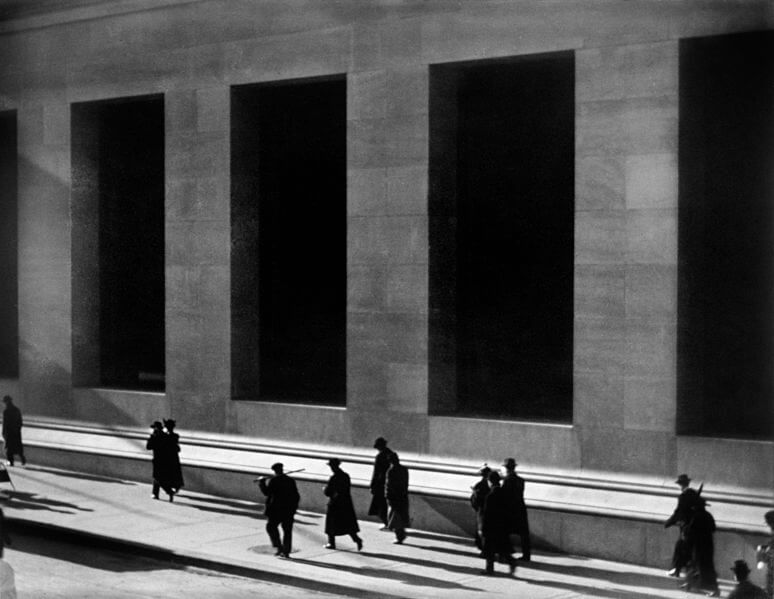
Read more: Tips to Understanding Renaissance Paintings
Texture
As in painting and sculpture, one of the best tips to understanding photography is looking for texture. This often comes from getting close to the subject, as in the following Ansel Adams example:
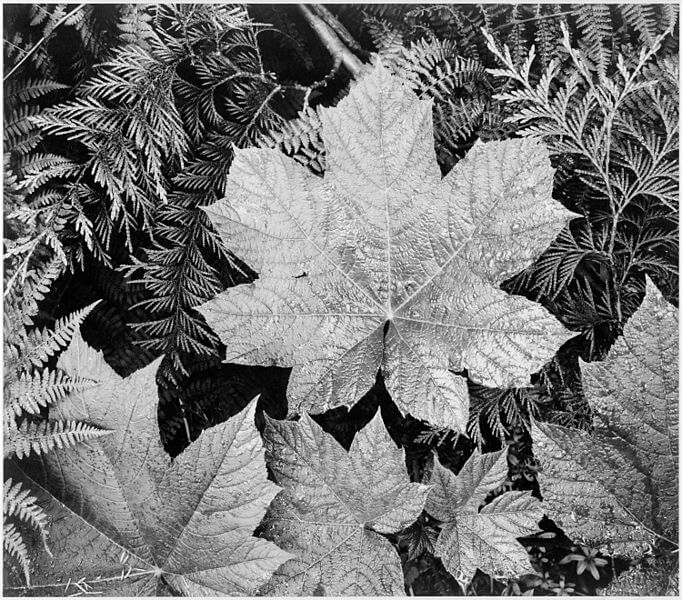
Line and perspective
Line is one of the most important aspects of any work of art because it leads the viewer’s eye around the piece. Sometimes line is used to take our eyes back into the setting — linear perspective was invented in the Italian Renaissance as a way to create realistic space.
In photography, line is of great importance. In the following example, curving lines lead the viewer back into the image; the image would be quite different if the lines of the river were not there.
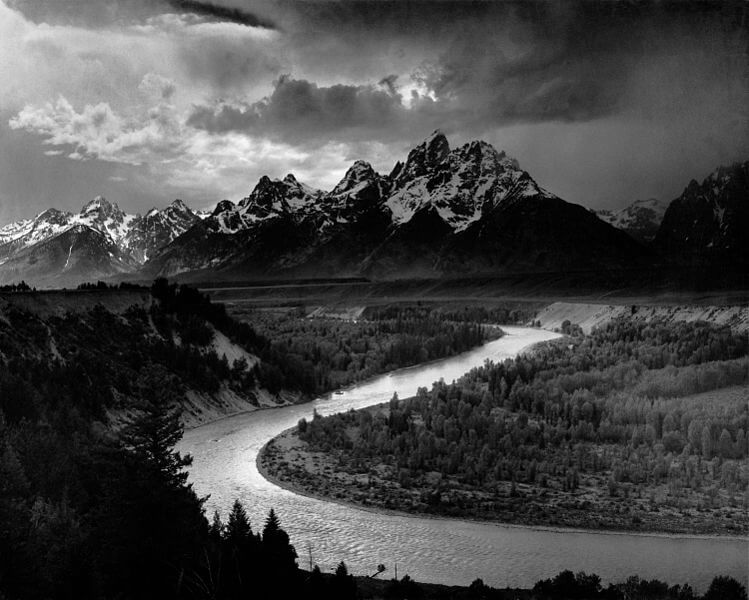
Pattern
Patterns can be created by the repetition of certain elements in a photograph. For instance, line, shape, or color can be repeated for a sense of flow. In the following examples from two of the greatest early photographers, the curving shapes of the pepper and Georgia O’Keefe‘s fingers are central to the images.
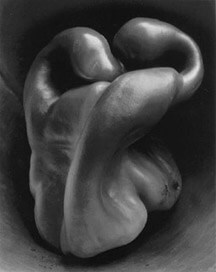
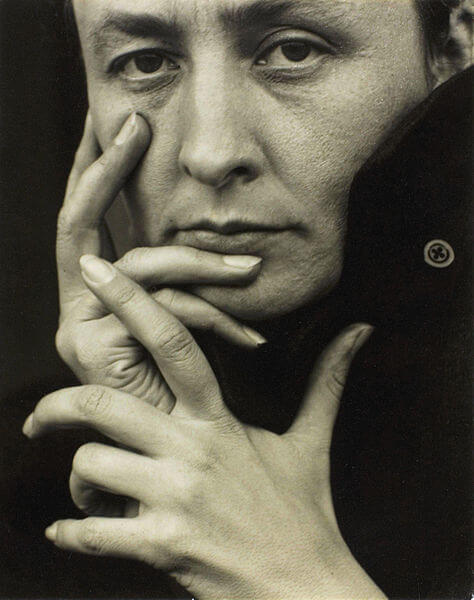
Read more in all of my articles about art
Contrast:
Contrast in photographs may refer to the contrast between black and white, light and dark, bright color and muted colors, and more. Ansel Adams’ work offers classic examples of this because his photographs included such great contrast between dark and light shades, which can be quite difficult to achieve in photography. (The repetition of shapes in this photograph is also an excellent example of pattern.)

Purpose
Another tip to understanding photography to consider is purpose. It is often difficult to know what the purpose of a photograph is, but sometimes it is obvious, as in travel photography, which showcases aspects of a particular place. In the case of Tina Modotti, an Italian photographer who lived in Mexico and worked in the first half of the 20th century, her work celebrated Mexican culture, mothers, and the working class, all reflecting her political views, as in this example of symbols of the working class in Mexico.
I hope that this explanation of some of the elements of a piece of art will help you analyze and appreciate photographs more. What other tips to understanding photography do you have?

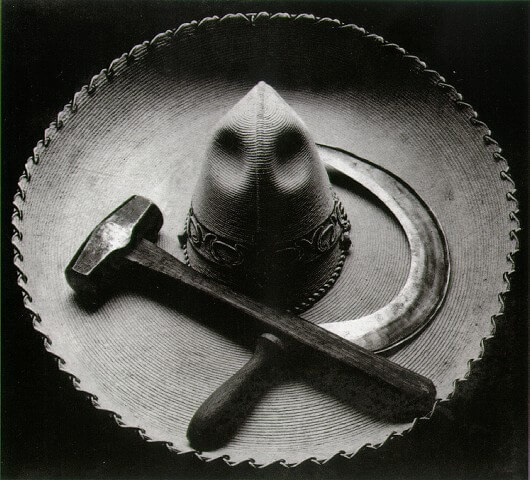
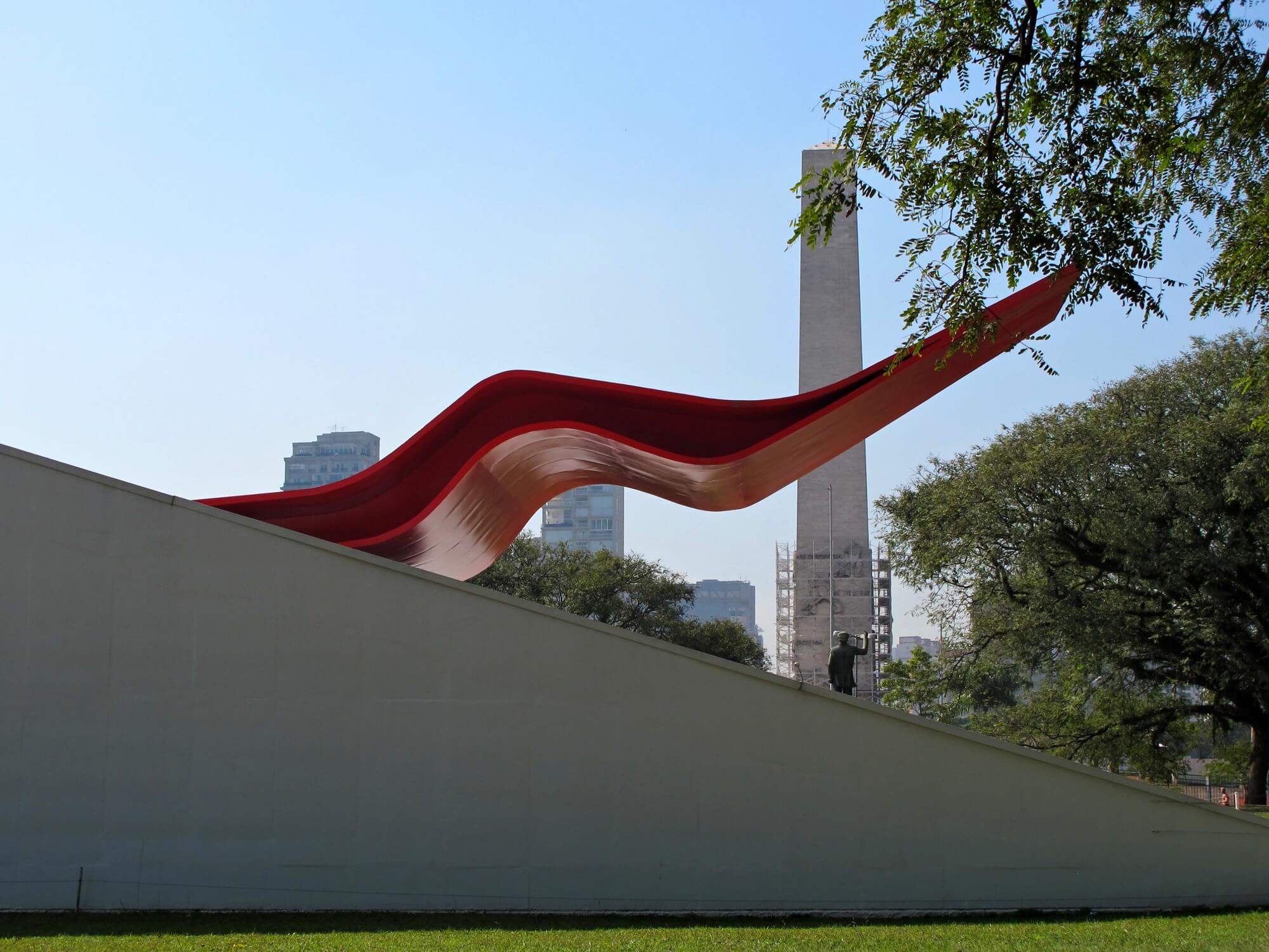


With my new camera Sony NEX 5N I am now getting into photography for the first time. Before, it was point and shoot using my eye and the luck of a click to get the right photo. Now I do pay more attention to light, contrast, shutter speed, and other things to try and take better photos.
Great summation of the integral elements of composition and their application to photography. I love how in depth you went into each of them and explained their relevance to the image at hand. Truly, it makes one think of a photograph as a piece of artwork, an image carefully composed and well thought out! Thanks for shedding the light upon photography!
I love that you used all black and white photos to illustrate your point. It keeps the focus clearly on the specific aspect.
I never took a photography class, so I’ve always looked at photos like drawings which use a lot of the same elements. But when composing a photo, I always look to these drawing elements like the focal point or texture. Or at least I try 🙂
I have never seen vegetables as beautiful as the ones that Weston photographed! Nice overview of photographical terms 🙂 I agree with Erin on how the use of black and white images really helps keep your points clear.
Thanks. I agree about Weston. His work is some of the best!
Great tips and example shots! I’ve been trying to learn a lot more about photography lately by reading ebooks and practicing. It’s not the easiest hobby to master. 😉
True, it’s not easy, but I love that we can keep learning by reading, practicing, looking at other photographers’ work, etc.
I took a photography class as a teenager and probably learned all of this. I see a lot of it when I practice the photography, but it is good to have terms to go with it. My favorite thing of late is playing with focus. To get the background to be slightly out of focus and yet still recognizable. Not sure which area that fits in, but it is fun.
Playing with focus is a favorite thing of mine, too, but it’s not as easy with my camera as I would like.
I recently bought a Nikon SLR camera and I’m still trying to get the hang of it – knowing about the aperture, shutter speed, ISO and others. I’m planning to study and learn photography that is why I thank you for this wonderful post you made. It made me understand more about the elements of a picture which will aid me in taking great photographs in the future.
Thanks! 🙂
You are so welcome. Actually, I have tons to learn about photography and need to practice all the things you mentioned. If you haven’t seen it, Beers and Beans has a great, easy-to-understand guide called “Getting Out of Auto.”